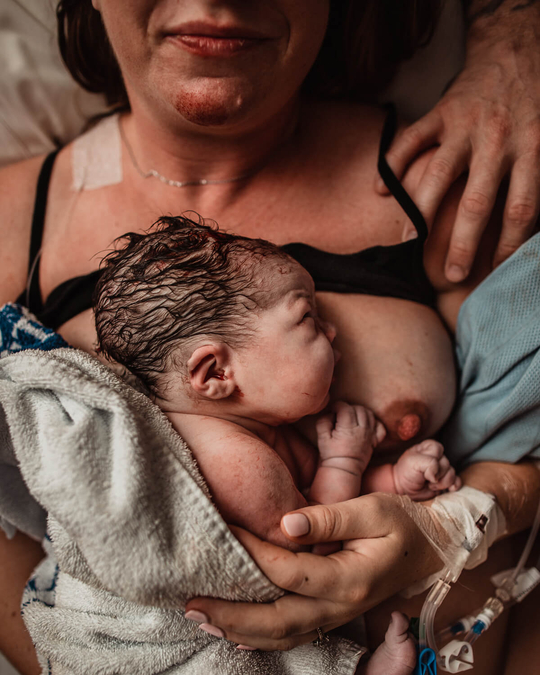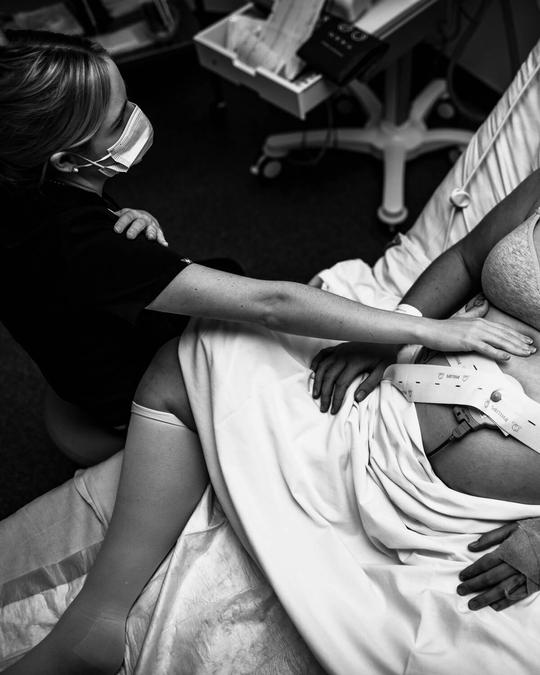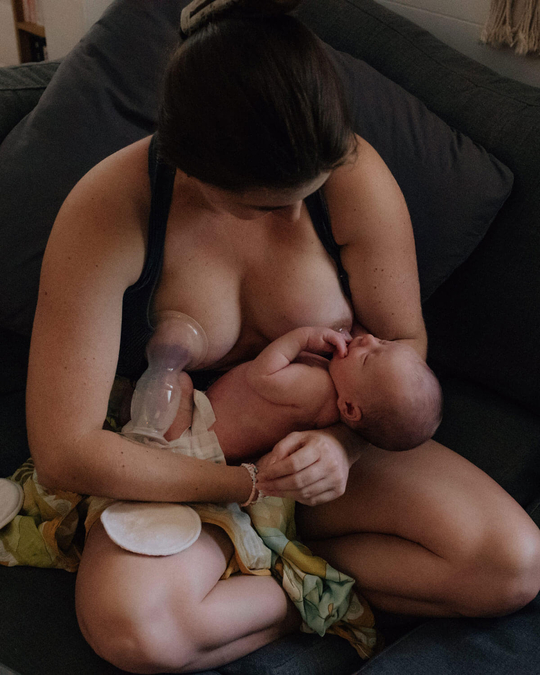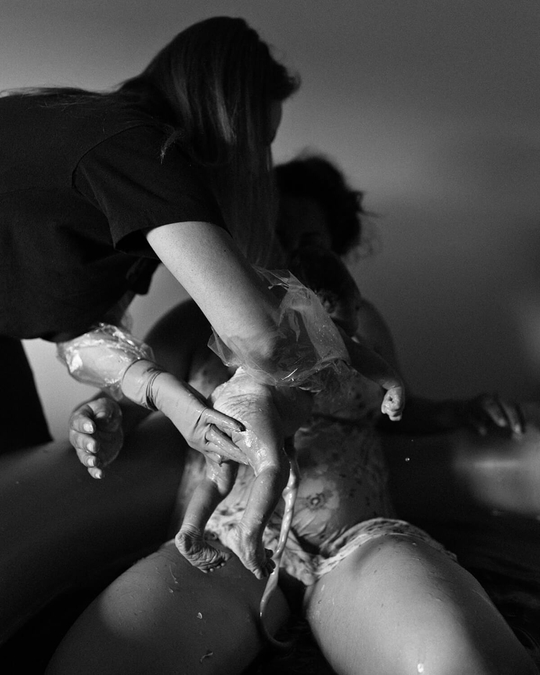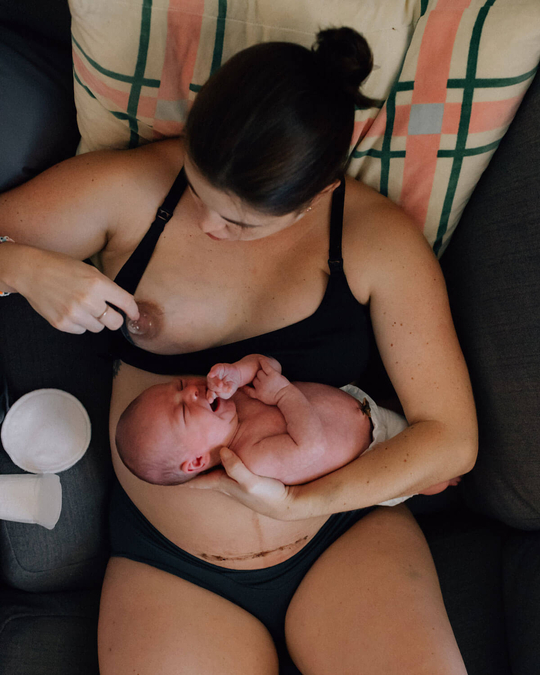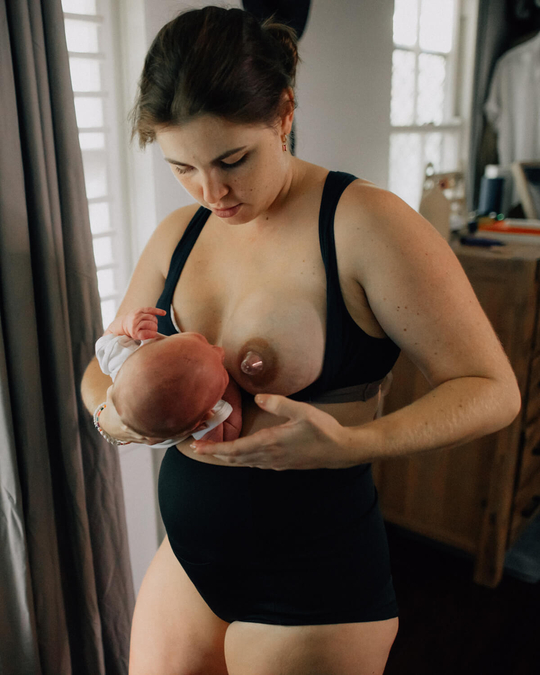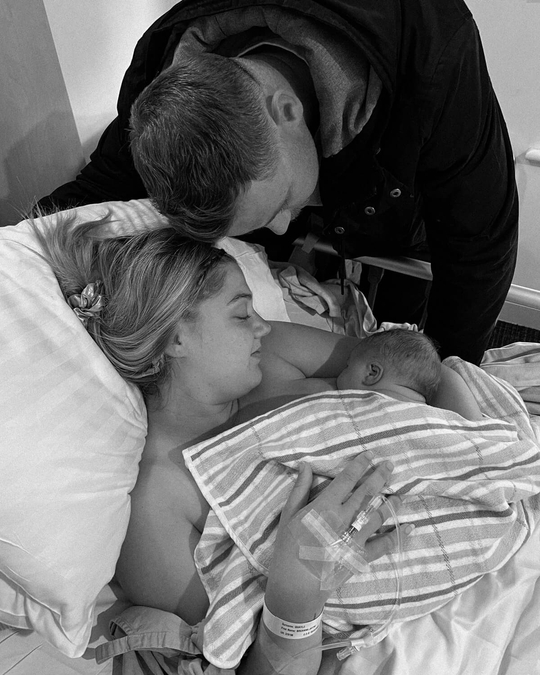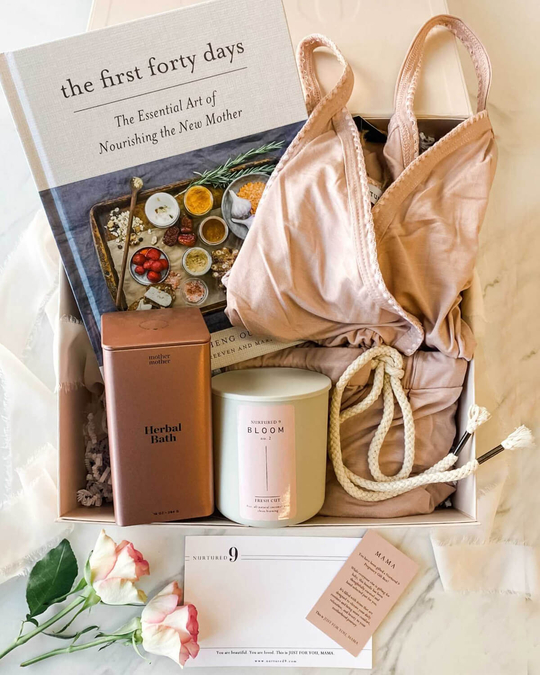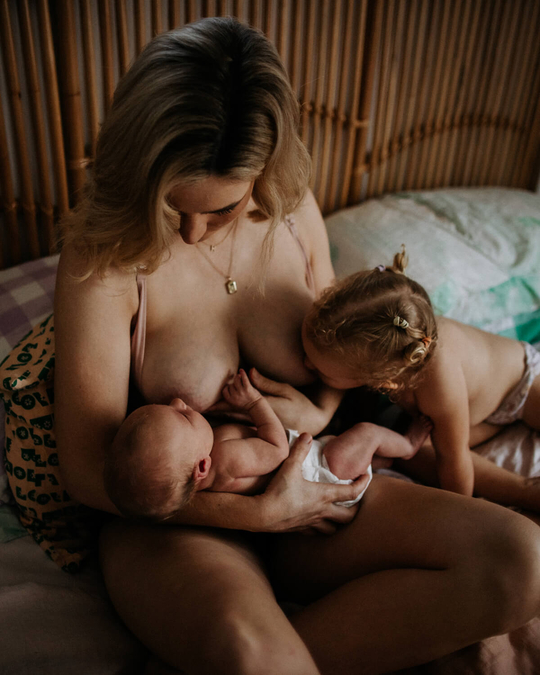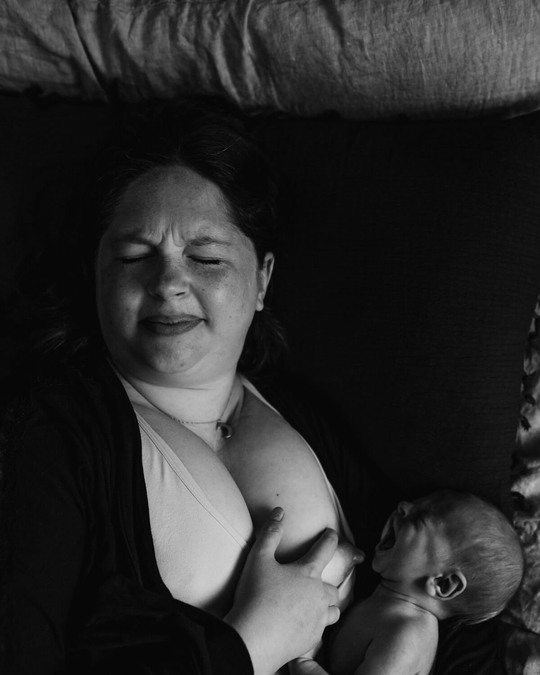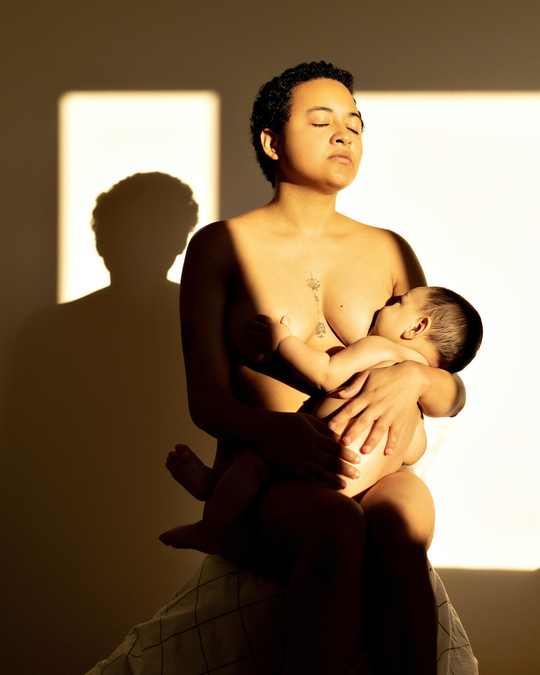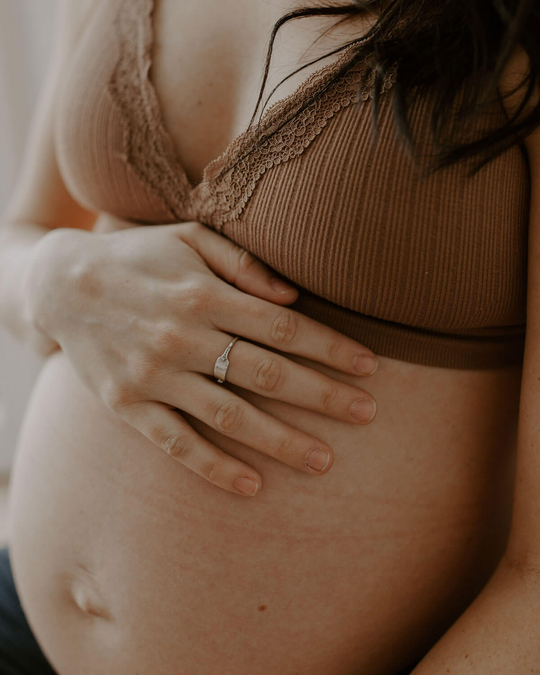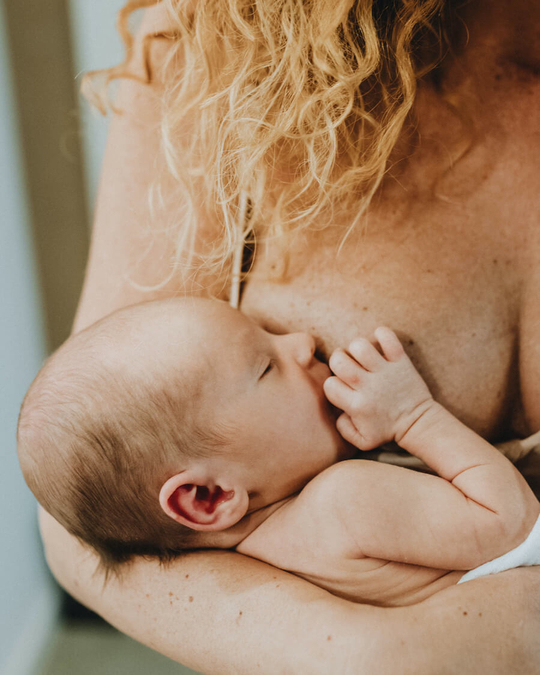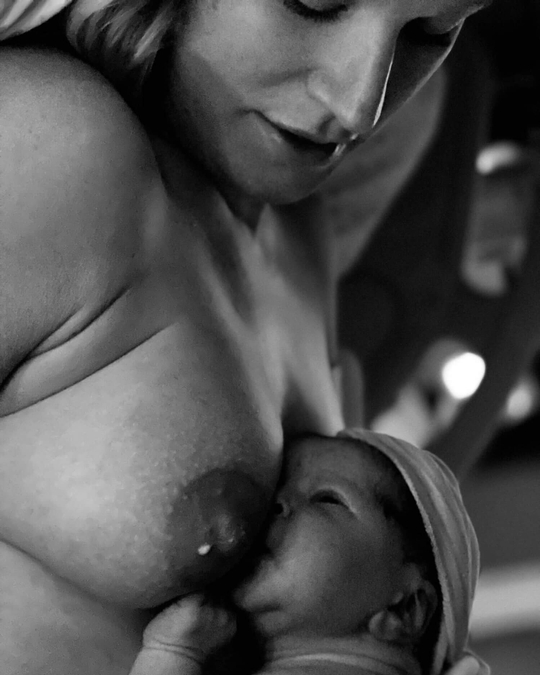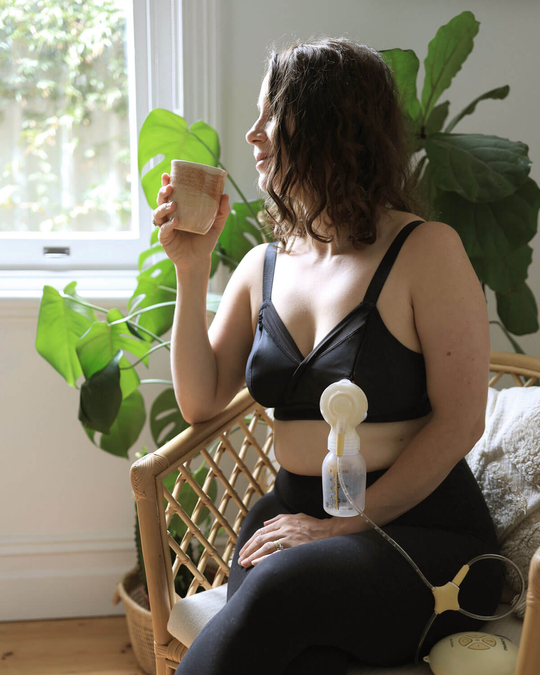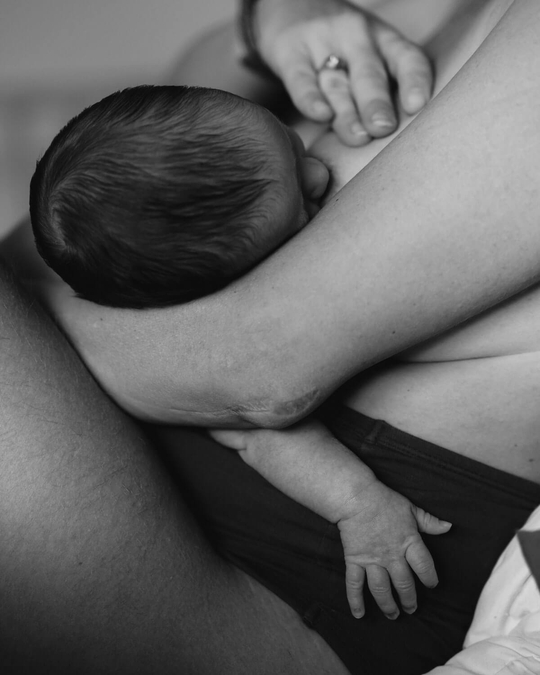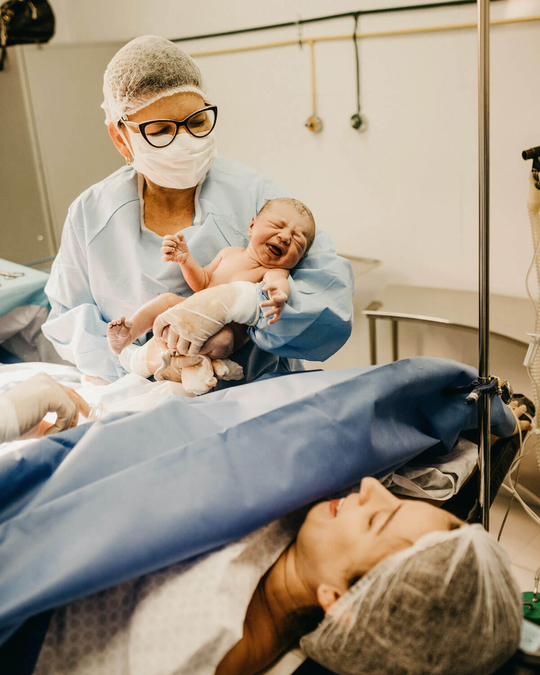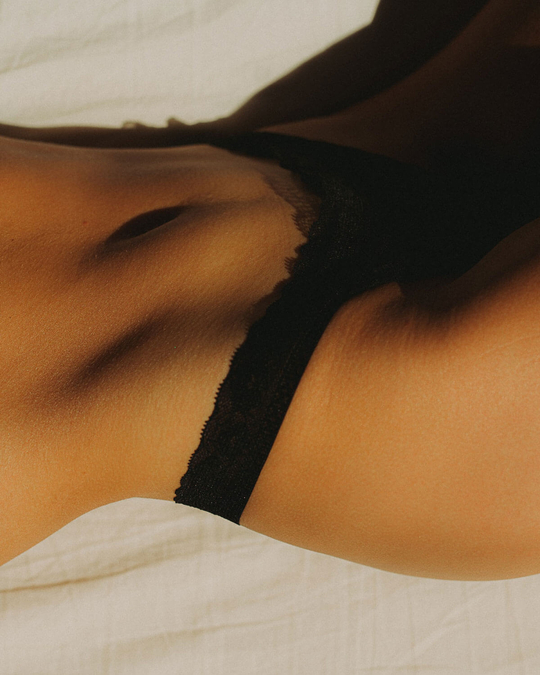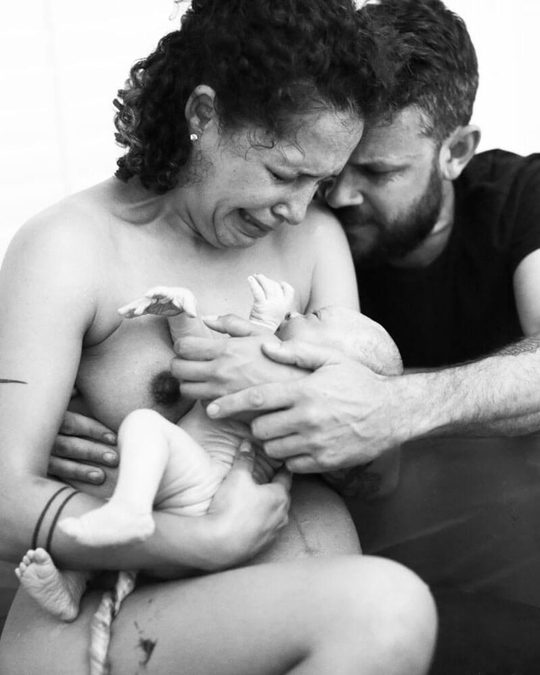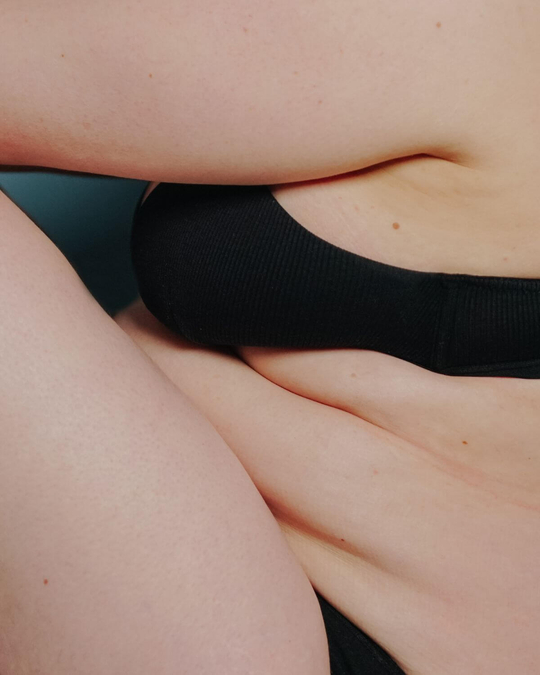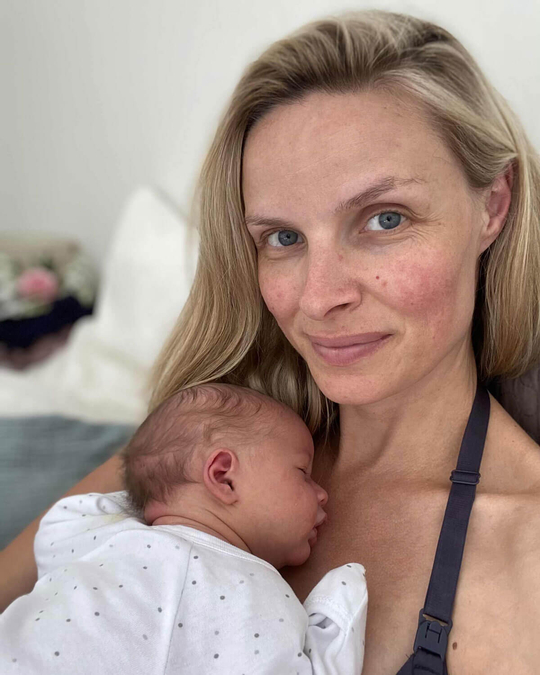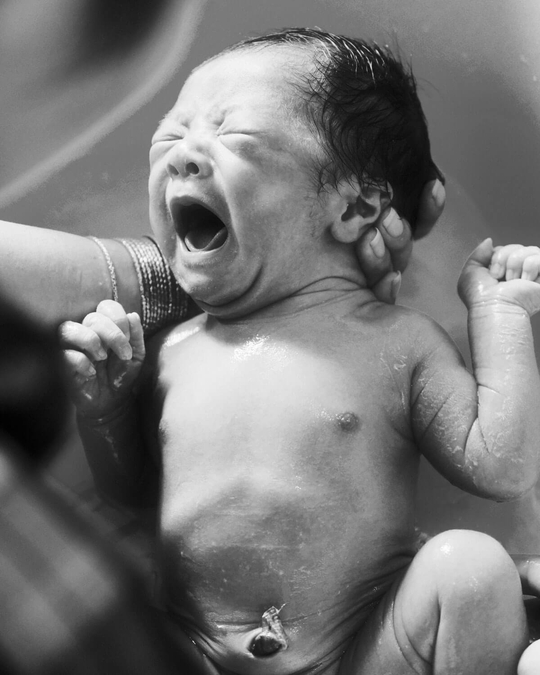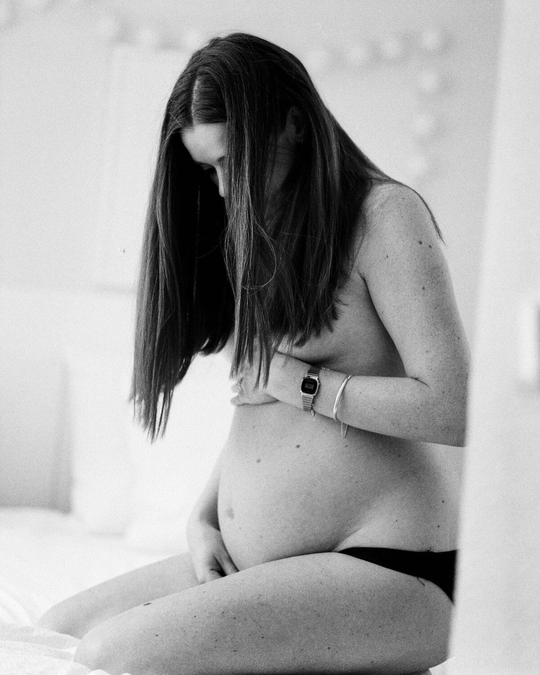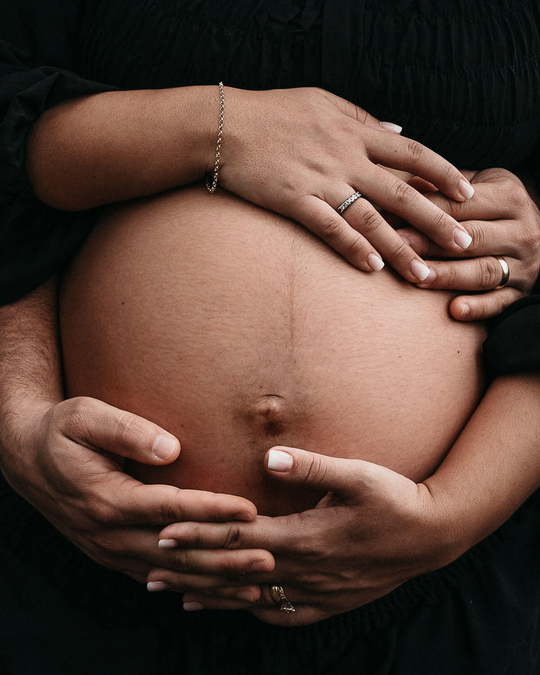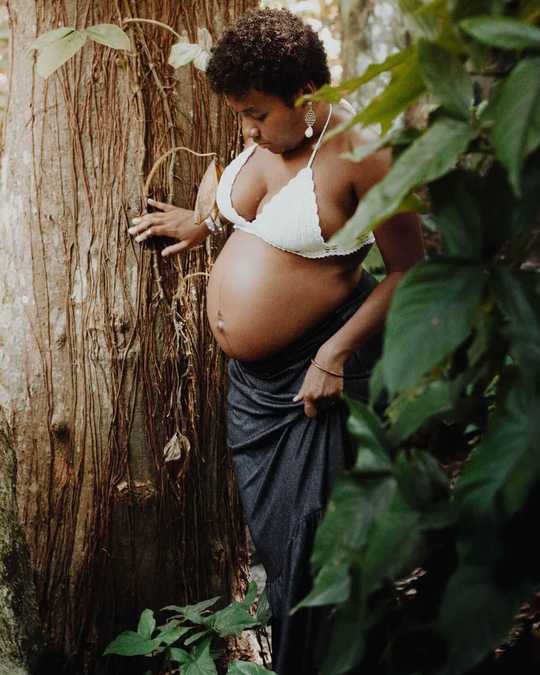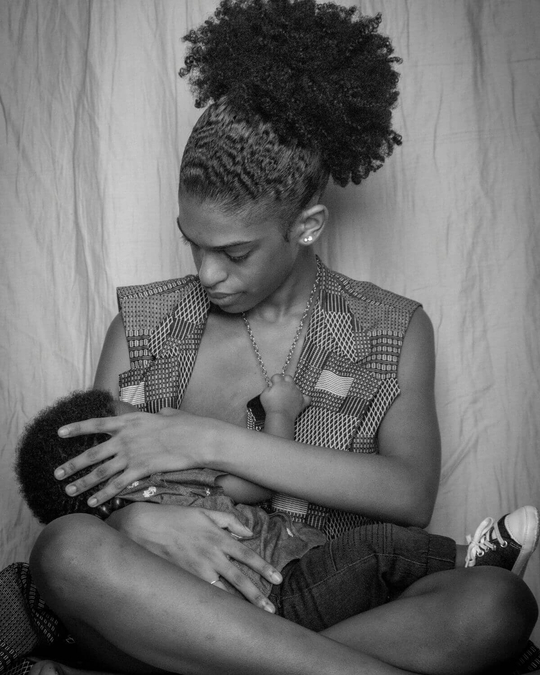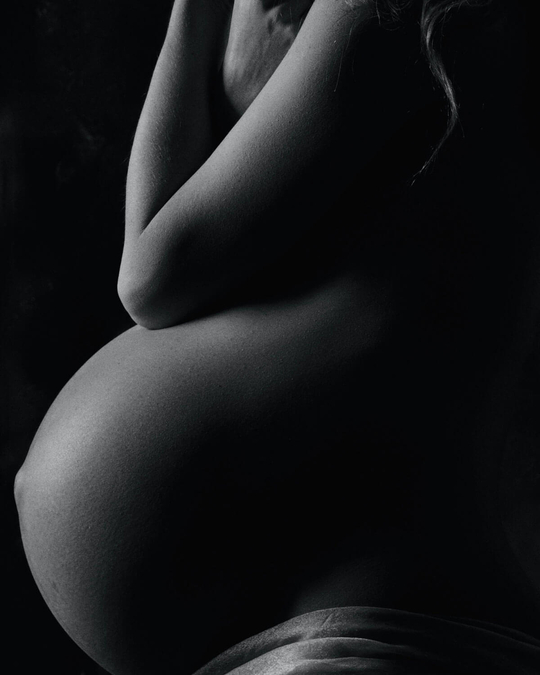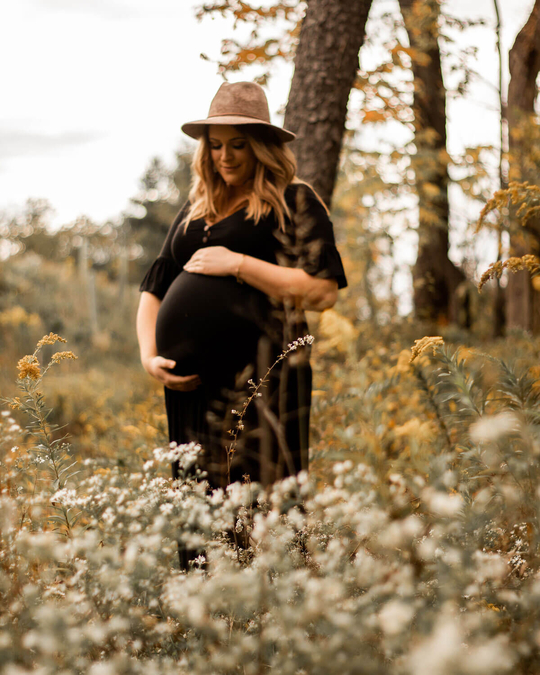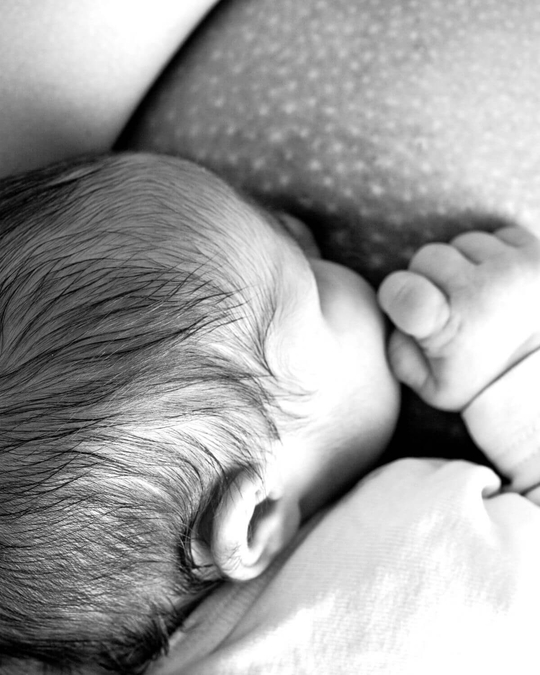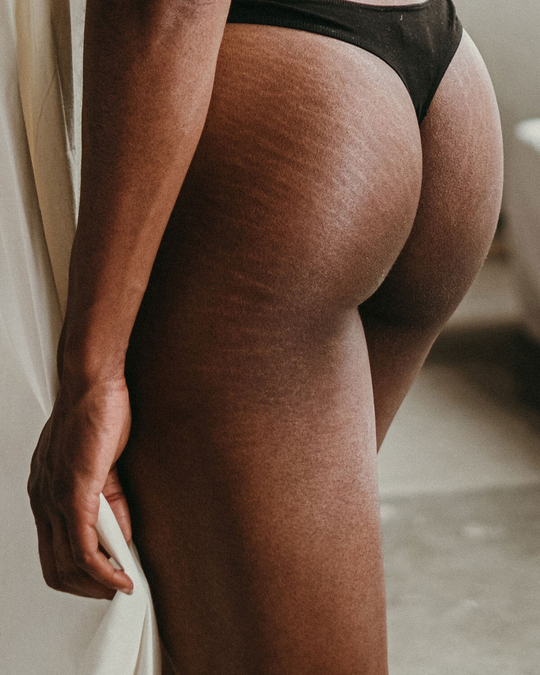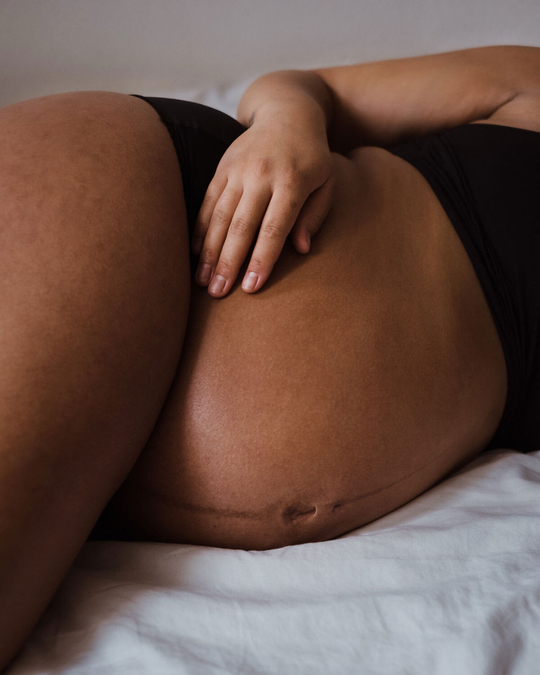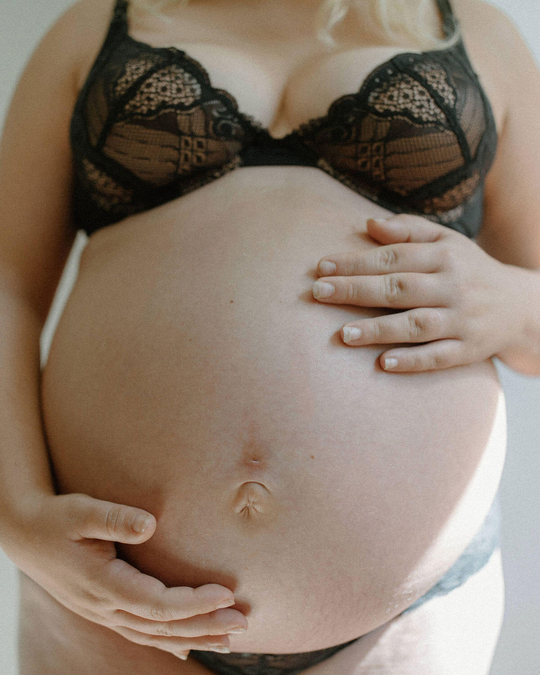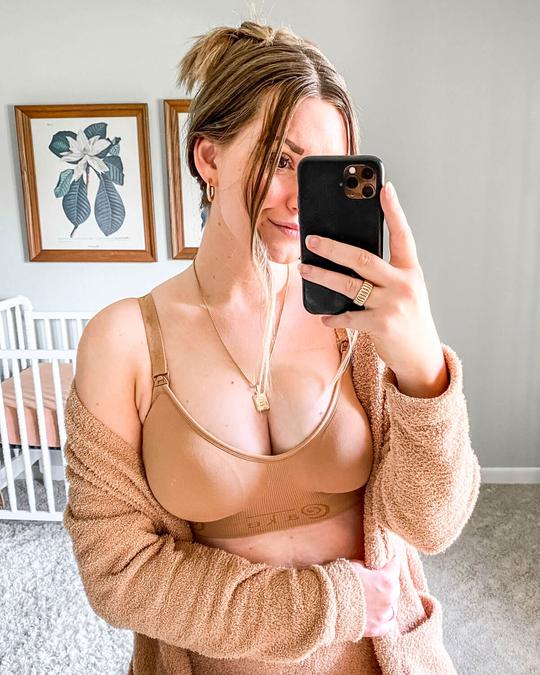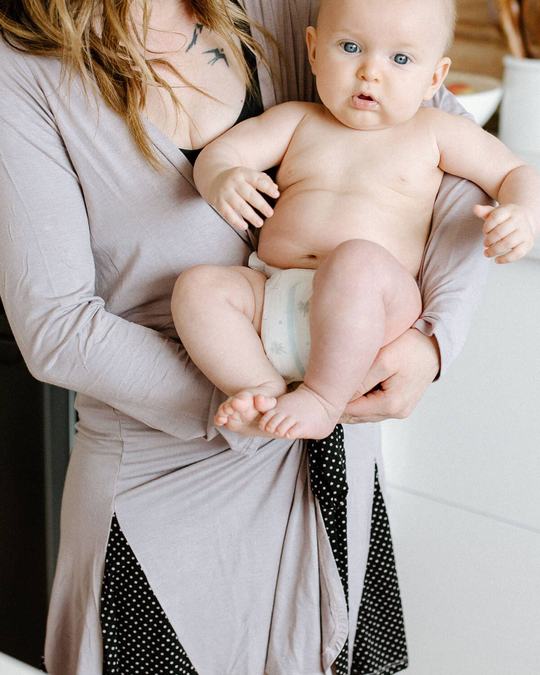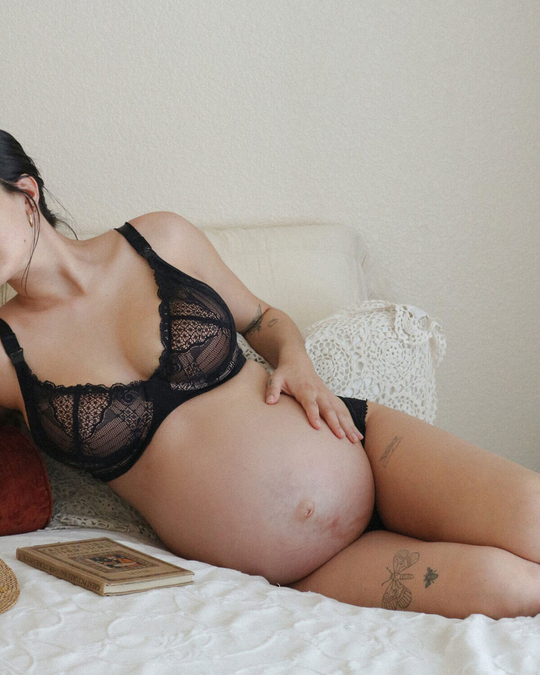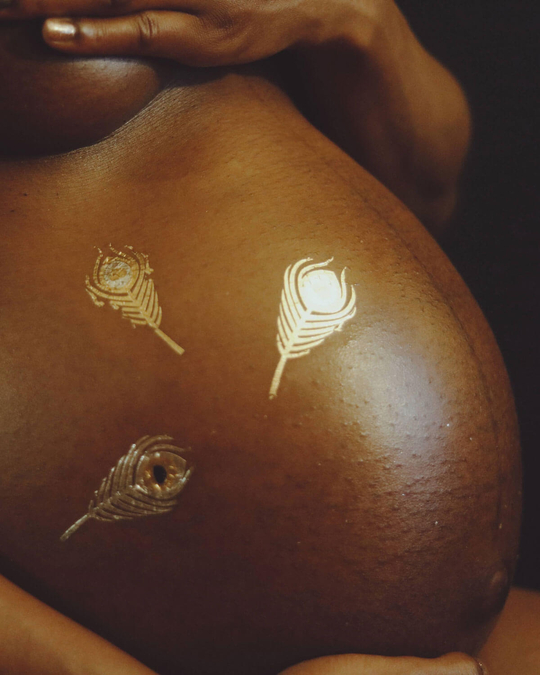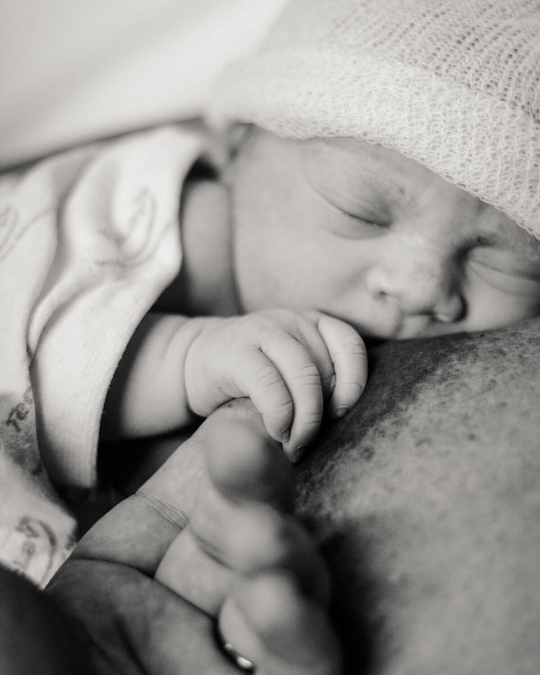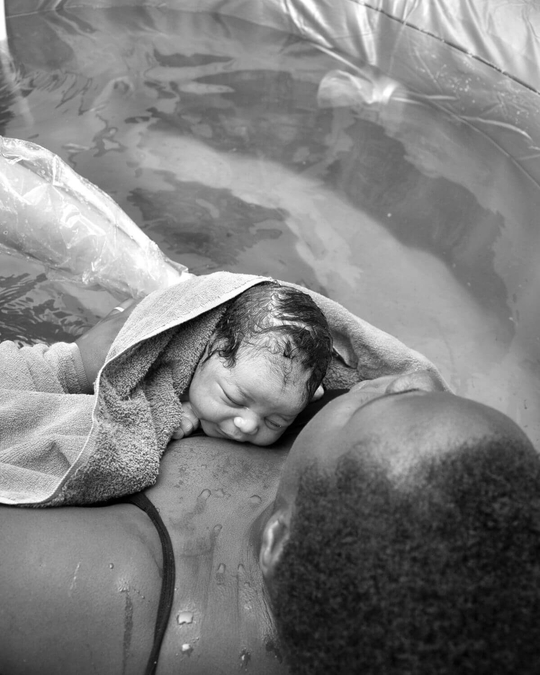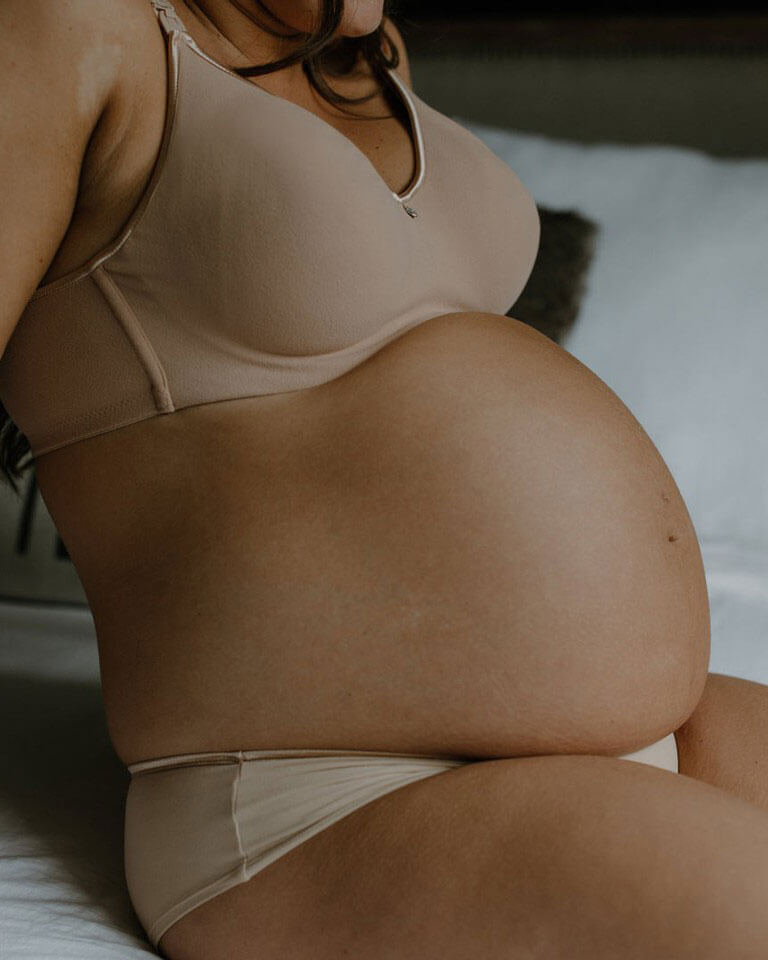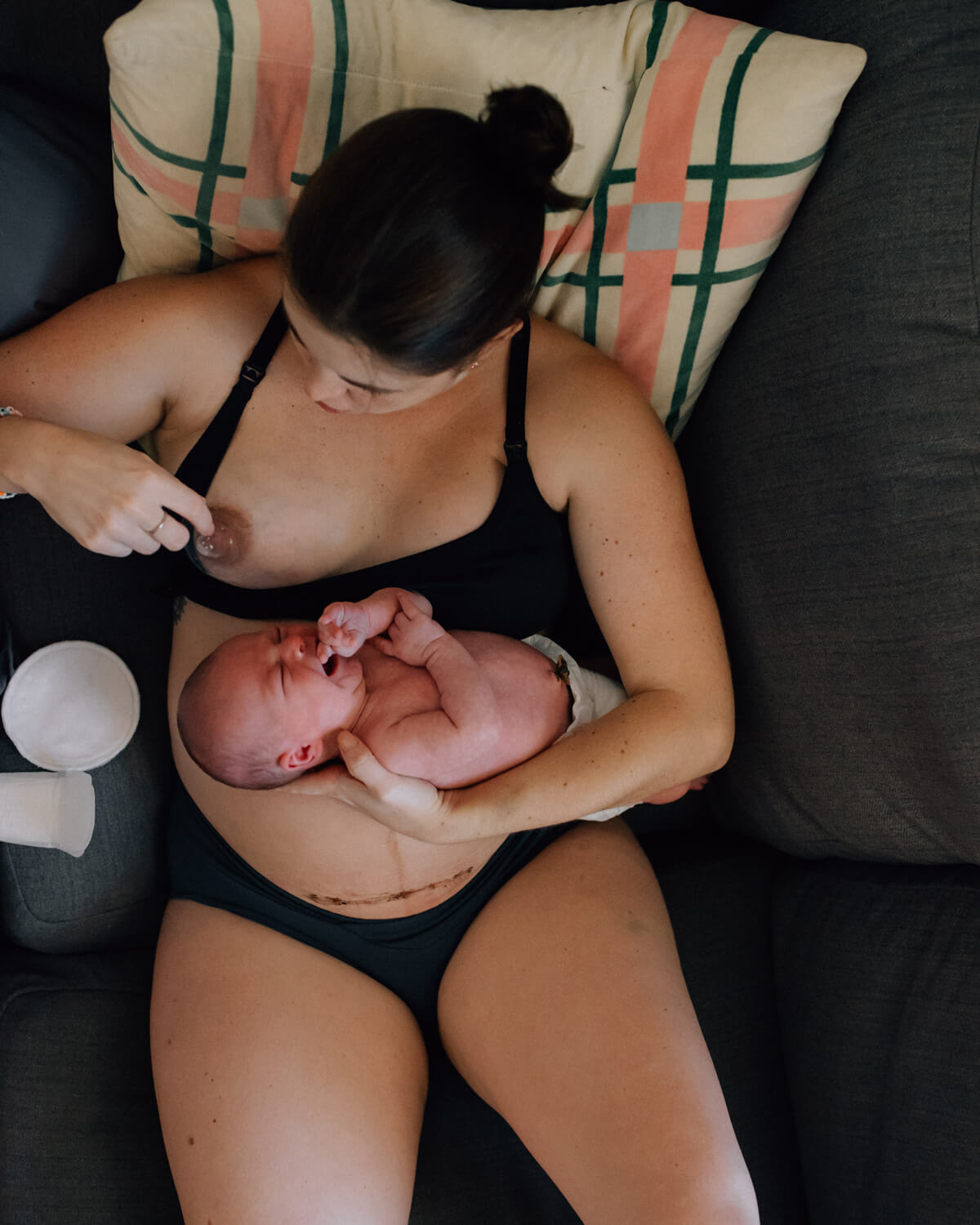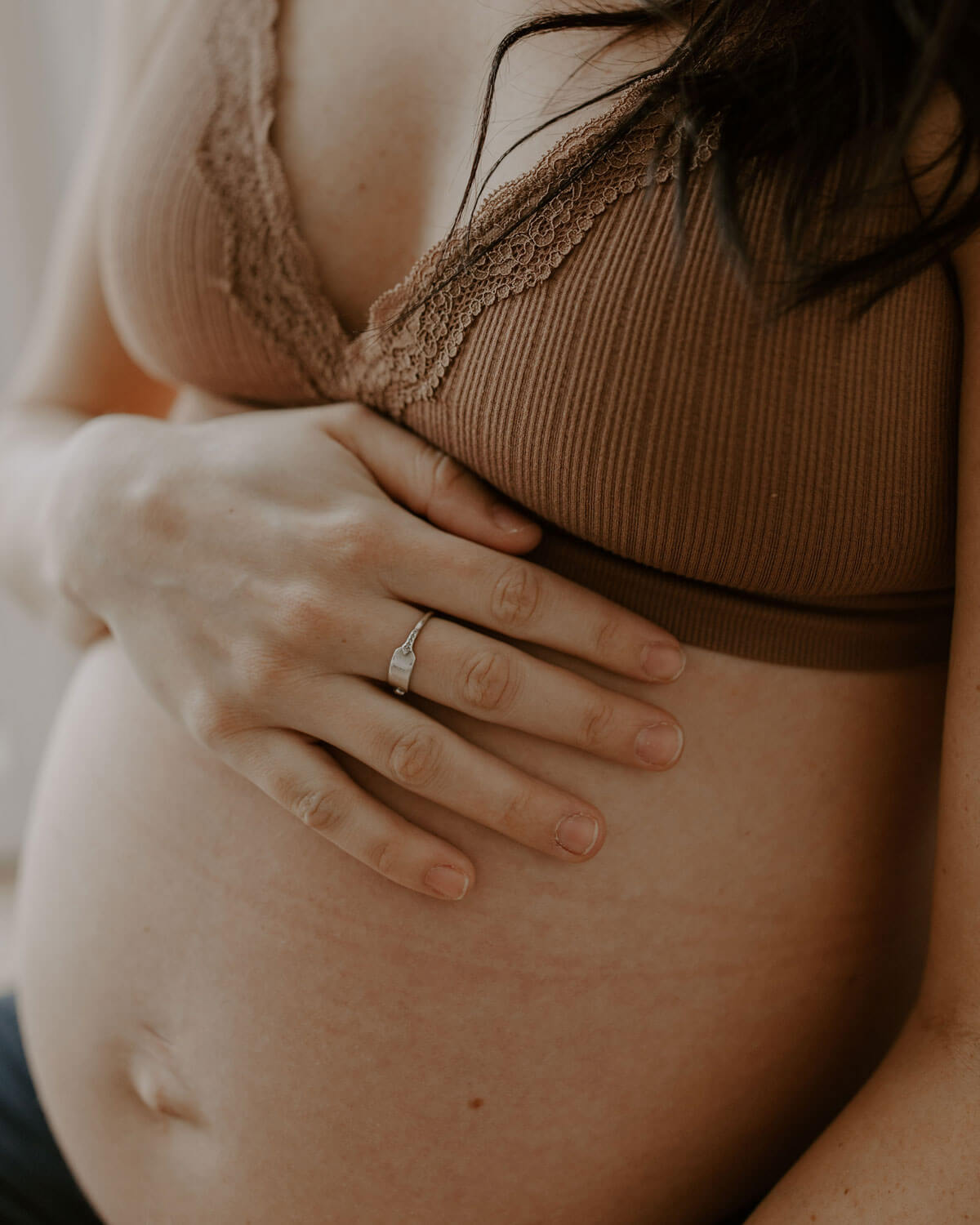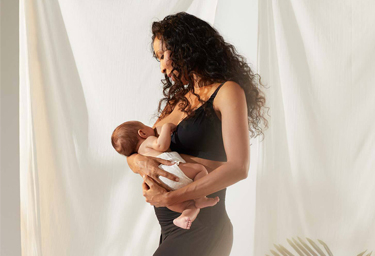Just like bodies, breasts come in all different shapes and sizes. You may be wondering about how different breast shapes and sizes change over time or how much milk you produce when breastfeeding. There are no “perfect” breast shapes or sizes, each pair are uniquely beautiful to fit on your bod! Read on below to hear everything you need to know about breast shapes and sizes and how to identify yours!
Different breast shapes
1. Athletic or relaxed
Breasts tend to have less fat deposits and thus thinner tissue are known as athletic or relaxed shaped. This shape may also result after lactation ends, known as involution.
2. Asymmetrical
Asymmetry is common in breasts where one breast is a different shape or size than the other. The differences in shapes/sizes are due to different amounts of glandular tissue.
3. Bell
Bell shaped breasts have thinner tissue towards the chest line and are fuller towards the bottom of the breast. This shape typically occurs with those with larger breasts — there may be more breast tissue towards the bottom of the breast causing the tissue to stretch.
4. East West
The different directional names means this shape entails nipples that point away from the midline of the chest and out towards the sides (hence the “east” and “west” names).
5. Wide spacing (side set)
Similar to east/west breast shape, wide spaced breasts have a large space from the midline of the chest however do not point outwards.
6. Conical
This shape is most common with those with smaller breast size, due to the reduced amount of breast tissue the nipple everts outward creating a cone shape.
What can affect breast shape
- Genetics can play a large role in determining how much breast tissue, how dense the breasts are and the size.
- Weight changes can impact distributions in fat tissue which impact the shape of the breast. Weight changes (gain or loss) can also impact the elasticity of the skin and create a different shape.
- Age impacts the ligaments in our breasts (known as cooper’s ligaments) which start to weaken with time.
- Pregnancy and breastfeeding include different stages of lactogenesis (milk making process) that cause breast to change. The hormone relaxin, produced during pregnancy, causes breast changes regardless of whether you choose or are able to breastfeed.
Conditions that affect breast shape
- Hormone related conditions such as Polycystic Ovarian Syndrome (PCOS) can change breast shape as this condition impacts hormones such as estrogen that affect breast shape.
- Conditions related to lactation such as breast engorgement, which occurs in the first few days postpartum, and mastitis (breast inflammation) can impact breast shape. These conditions are temporary and require attention from a lactation consultant for effective treatment.
Does your breast size change with time
Yes, your breast size does change with time — starting during puberty and ending with menopause and depending on the many factors mentioned above that can impact breast shape.
Here’s a breakdown of how different life stages impact breast changes:
- Starting at adolescence, and with each menstrual cycle, the amount of tissue changes due to the production of estrogen.
- As breast tissue begins to develop, breast buds begin to form and areolas begin to expand.
- Once puberty begins and with each menstrual cycle the breast tissue continues to develop until they are fully formed typically in early adulthood at the age of 17.
- During pregnancy, breast and glandular tissue increases as it prepares for lactogenesis (the process of milk making), areolas also darken during this time. The purpose of darker areolas is to serve as a “target” for babies who have poor eyesight when they are born to help them get the milk they need!
- During breastfeeding, breasts swell and grow larger through the first period of change, known as engorgement, when milk comes in. After the first 6 weeks, breast swelling decreases and while breasts continue to remain larger during breastfeeding, they eventually decrease in size upon weaning.
- After weaning and the cessation of lactogenesis, breasts go through a period of time known as involution where tissue changes and the amount of fat deposits decrease.
- Lastly, as we age, the ligaments in our breasts weaken in addition to skin elasticity weakening and this can lead to changes in breast size and shape.
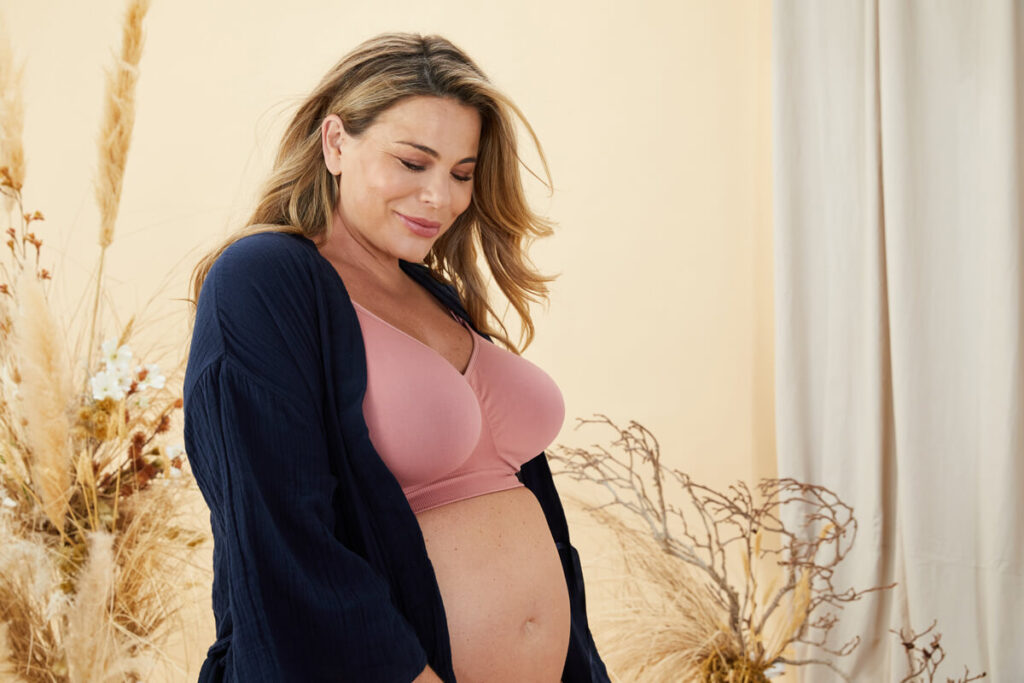
Does breast size affect how much milk you produce
Contrary to popular belief, bigger breast sizes does not mean more breastmilk production! Milk production is largely related to two variables, one is the amount of glandular tissue in a breast and the other is frequent breast stimulation by feedings and/or pumping.
Breasts can be large and have very little glandular tissue and produce lower amounts of milk than a small breast with more glandular tissue. Similarly, no matter what breast size — breastmilk production will be most abundant when an individual is having frequent emptying of the breast via regular breastfeeding and/or pumping/hand expression as this stimulates milk supply.
Breastfeeding with breast implants
Breastfeeding with implants is possible, however the success of lactation can depend on several variables:
- Location and type of incision that was used during the procedure: periareolar, subpectoral and periumbilical are all different techniques used to place impacts. The type of incision determines if there has been damage to the nerves or breast tissue that could potentially impact lactation.
- How long ago the procedure was: since implant procedures have the potential to damage glandular tissue, how long ago the procedure impacts future milk supply since glandular tissue can heal and reconnect. Research cites that procedures that have taken place ~5 years prior to breastfeeding can have better outcomes with milk supply.
- What your anatomy was prior to implants: while many women pursue implants for purely aesthetics, some may pursue implants to help address concerns related to very small amounts of glandular tissue, uneven or asymmetrical breasts or past histories of breast cancers etc. Some of these factors can point to a lack of glandular (milk making tissue) so it’s important to work with your lactation consultant to share your individual reasons why implants were elected to be placed and help develop a plan to support a full milk supply.
Best nursing bra styles for your breast shapes
Athletic or relaxed
These kinds of breasts are pretty versatile, so you can wear anything that provides sufficient support for your size. Give Chantilly, Mousse or Croissant a try.
Asymmetrical
If you’re naturally asymmetrical, or you find the girls can look pretty different from each other after nursing, opt for a multi-cup fitting bra. These bad boys fit more than one cup size in one, so they’ll accommodate each of your breasts. Check out Rock Candy, Freckles and Cotton Candy.
Bell
If you have bell shaped breasts, there’s a good chance you’re fuller busted. If that’s the case, opt for bras designed specifically for your size, such as Popping Candy, TimTams and Tea.
East West & Wide Set
If your breasts need a little encouragement to meet, you’ll suit cleavage-enhancing bras like Truffles, Tutti Frutti and Viva.
Conical
Conical breasts are often button heavy, which lends perfectly to balconette style bras like TimTams and Waffles.
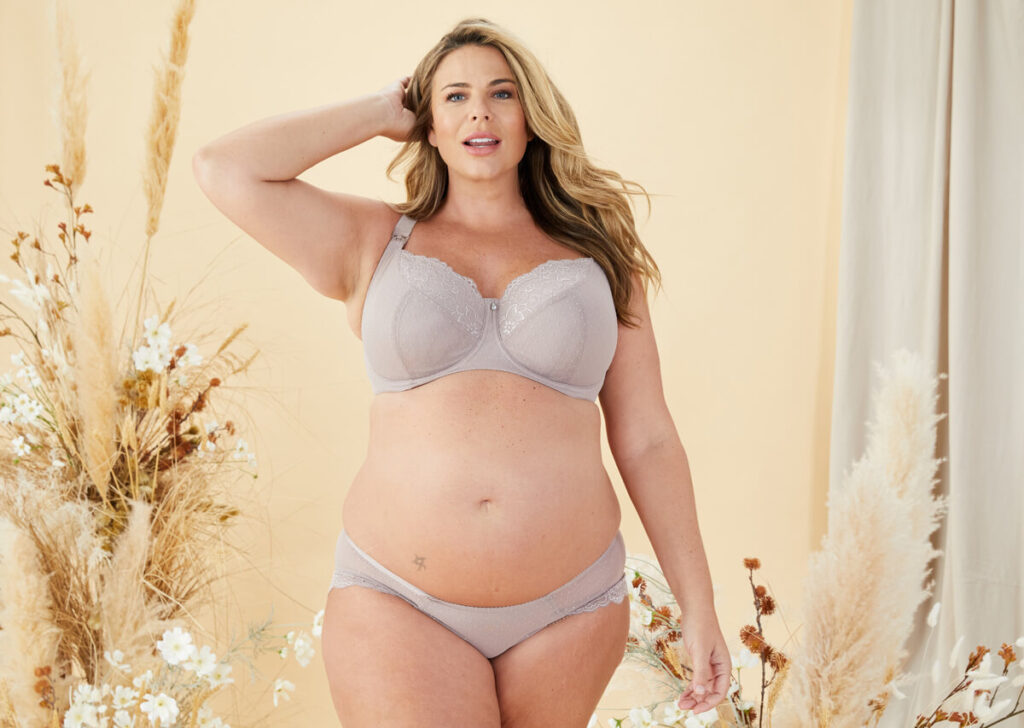
What about the areolae
Areolas are the shaded area surrounding your nipple. The size of the areola can also vary widely just as with breasts and can vary in color pigmentation.
During pregnancy and breastfeeding, areolas darken in color and can increase in size as breasts swell.
Common occurrences with areolas include:
- The presence of hair on/near the areola and nipple
- The presence of “bumps,” these are known as Montgomery Glands and help secrete small amounts of fluid and natural oils to provide lubrication to the areolar tissue. There can be just a few of these bumps or several located on the areola!
What about the nipples
There are many different types of nipples just as there are breast shapes and sizes!
Nipple shape does not impact the amount of milk produced and is not always correlated to the breast size, however they can change during breastfeeding.
Common changes can include: the nipple tissue becoming more “elastic” or stretched due to frequent breastfeeding and pumping. Examples of nipple variations can include:
- Short shank or flat nipples: The length of the nipple is very close to the areola .
- Inverted nipples: A truly inverted nipple can bring some challenges during breastfeeding as it is harder for the nipple to evert and achieve a deep latch however a lactation consultant can assist with latching technique for inverted nipples.
When to see a healthcare provider
Outside of times where breasts are expected to undergo changes such as in pregnancy and lactation, it is important to monitor any changes in breast shape/sizes. Contact your healthcare provider if you notice:
- Dimpling of the skin on the breast (known as peau d’orange).
- Breast swelling, tenderness or redness that is not related to engorgement.
- Heaviness, burning, pain or tenderness in the breast.
- Any type of discharge from the nipple (not related to lactation).
Some of these symptoms are cause for evaluation for inflammatory breast cancer and should be addressed with your healthcare provider.
From puberty to menopause, our bodies and breasts are undergoing changes! Hormones and life changes such as pregnancy, birth, and breastfeeding can all impact the shape of the breast throughout your life. Finding the perfect bra for your breasts or a comfortable nursing bra while you nourish your little one can help you feel confident in taking care of your tatas!









